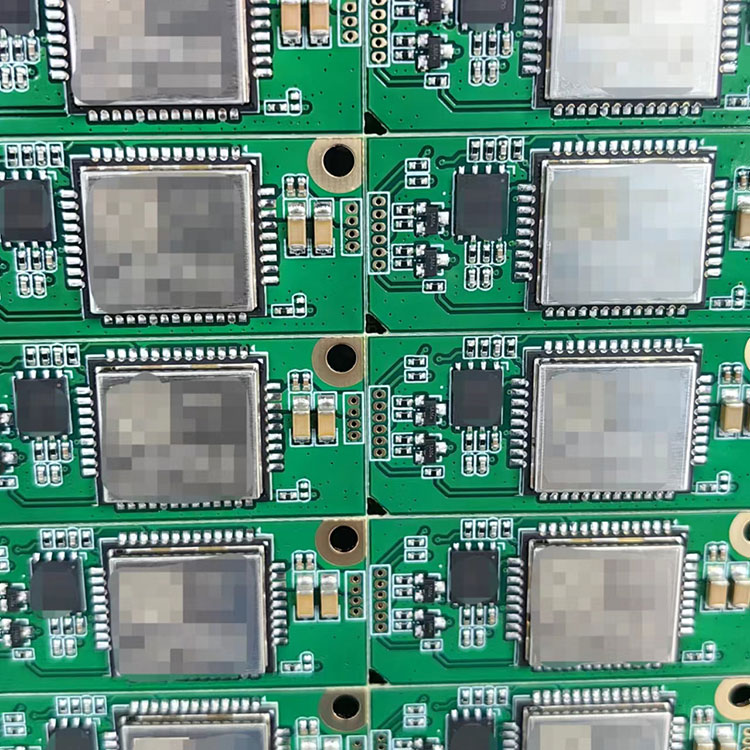
In conclusion, reliability is vital in Medical Device PCB Assembly due to the critical role these devices play in patient care. The use of appropriate testing methods and the addressing of common challenges can help ensure that medical devices produced are of high quality, reliable, and safe for use by medical professionals.
Hayner PCB Technology Co., Ltd. is a leading provider of high-quality Medical Device PCB Assembly services. With years of experience and a team of highly qualified professionals, we guarantee the reliability and quality of our products. Contact us at sales2@hnl-electronic.com to learn more about our services or visit our website https://www.haynerpcb.com to place your order.
-R. Andrews, L. Leeden, and M. Smith (2018) "Design and implementation of a low-cost glucose monitoring system", IEEE Transactions on Biomedical Engineering, 65(2), pp. 318-326.
-J. Johnson, L. Chen, and J. Palmer (2019) "Development of an Implantable Medical Device for Monitoring and Treating Chronic Pain", Journal of Medical Device, 13(3), 031001.
-C. Wu, Z. Xiao, and K. Yao (2020) "A wearable electrocardiogram sensor for remote heart monitoring", Sensors and Actuators A: Physical, 311, 112023.
-R. Patel, J. Patel, and S. Patel (2017) "Classification of Diabetic Retinopathy Using Ensemble Machine Learning Techniques", International Journal of Medical Informatics, 107, pp. 28-36.
-D. Johnson and C. James (2016) "Implantable brain-computer interface for motor restoration after stroke", Journal of Neural Engineering, 13(3), 036013.
-S. Lee, R. Kim, and J. Park (2019) "Development of a smart inhaler for monitoring asthma symptomatology", International Journal of Pharmaceutics, 562, pp. 278-283.
-L. Wang, K. Sun, and M. Wang (2018) "A Portable Neuroendoscopy System for Intraoperative Neuroimaging", IEEE Transactions on Neural Systems and Rehabilitation Engineering, 26(10), pp. 2013-2020.
-M. Li, Y. Zhang, and H. Wang (2017) "A Wearable Device for Continuous Monitoring of Cardiovascular Signals", Journal of Healthcare Engineering, 2017, pp. 1-10.
-G. Wang, Z. Zhang, and X. Li (2016) "Development of a reconfigurable force sensor for surgical robotics", Sensors, 16(5), 694.
-B. Liu, Y. Cao, and W. Zhong (2019) "A survey of wearable safety technologies", IEEE Communications Surveys & Tutorials, 22(1), pp. 395-413.
-J. Kim, S. Kim, and Y. Lee (2018) "Optimization of the Power Consumption of a Diagnosis Wireless Capsule Endoscopy System", Sensors, 18(4), 1123.
TradeManager
Skype
VKontakte
